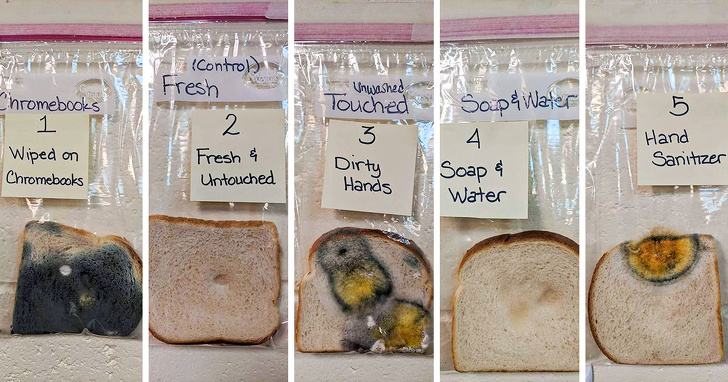At the risk of sounding like a typical Gen Y person, it is safe to say things are not just the same anymore in the world. The more the world shrinks, the more we forget to actually connect. In the context of a classroom and teaching methods, this effect is more pronounced.
The world is filled with examples of exemplary teachers who go beyond the subject and teach more about life itself. Nicholas Sparks says in one of his books, “They inspire you, they entertain you, and you end up learning a ton even when you don’t know it”.
Teaching is 80% connecting with your students and 10% subject expertise because grasping attention is an art whereas subject expertise can be improved over time too. Following this, teachers all over the world are taking a long hard look at the way they teach and if it is still valid to continue on that path.
Let us take a small example of teaching kids basic manners and the good habits we generally see printed on various charts in a kindergarten school. Everybody makes their throats hoarse by repeating this over and over to every kid until they start doing it on autopilot. But, did we ever stop and check if the essence is getting absorbed? Do they know what we are saying? Why should they do it? These questions need to be answered so that the knowledge behind the instructions also gets shared.
The Experiment in Idaho
A teacher in Idaho, took the seeing is believing conundrum seriously to demonstrate to little kids in her class the benefits of handwashing. Jaralee Annice Metcalf taught a class in an elementary school where the flu season had just set in. Now we all know, what happens in schools when it is flu season. One kid gets sick and ends up spreading it like wildfire sparing none.
Well, not wanting to work in a bacteria-filled environment this season too, Jaralee designed a small experiment with her students to demonstrate the benefits of handwashing.
The first step was to bring a test subject – they settled on a loaf of bread. Now, to the experiment.
Each student was called on to choose a slice of bread from the same loaf at the same time. Different types of contamination were carried out on each slice.
Slice 1 was wiped on all their Chromebooks, Slice 3 was touched by the easiest contaminant – Dirty hands! Slice 4 was touched by a student after washing his hands with soap and water. Slice 5 was touched with sanitizer applied hands. Slice 2 being the contained example, was carefully placed in a sealed bag using gloved hands.

By using a simple method and making them perform their routine actions, the teacher found an easy way to instill the hand-washing habit into their minds. There was an added advantage in involving the kids in the experiment. The kids now had a memory to associate with the instruction. A very personal active memory that involved all their senses. Now every time, they had dirty hands or even saw a loaf of bread their brain will remind them of this day.
Now, that’s a strong way to ensure they don’t forget to wash their hands right?
You can see for yourself as to what happened to each bread after a month. It had more than one piece of learning in it:
Learning #1: Our Chromebooks are dirtier than we estimate them to be.
Learning #2: Soap and water is the best combination to kill germs.
Learning #3: Kids’ hands are very dirty at any given point of time. The mold grew spectacularly on that slice.
Learning #4: Sanitizer isn’t that safe, especially if you are going to touch food and other sensitive things immediately after.
Thanks to Jaralee, it is now imprinted firmly in the elementary school kids’ minds. They saw the mold growing day by day in their classroom and it is quite unlikely they will forget to wash their hands now.
Learnings for the World
Not only did Jaralee teach the kids in her classroom why they should wash their hands. She also showed the rest of the world that you can say the same thing more interactively and watch the children lap it up.
Kids have a strong response to visual and interactive cues while growing up and more likely to retain information imparted in those ways. If they can learn about handwashing, they can learn everything from geography, mathematics, science and even language like this.
In a real sense, the world is every teacher’s oyster. All you have to do is to go and explore.
Also Read: The Imporatance of Education Essay
